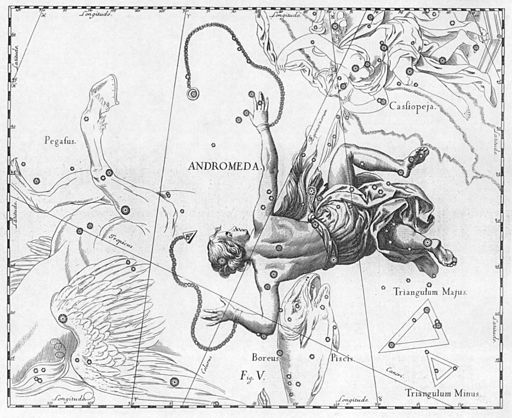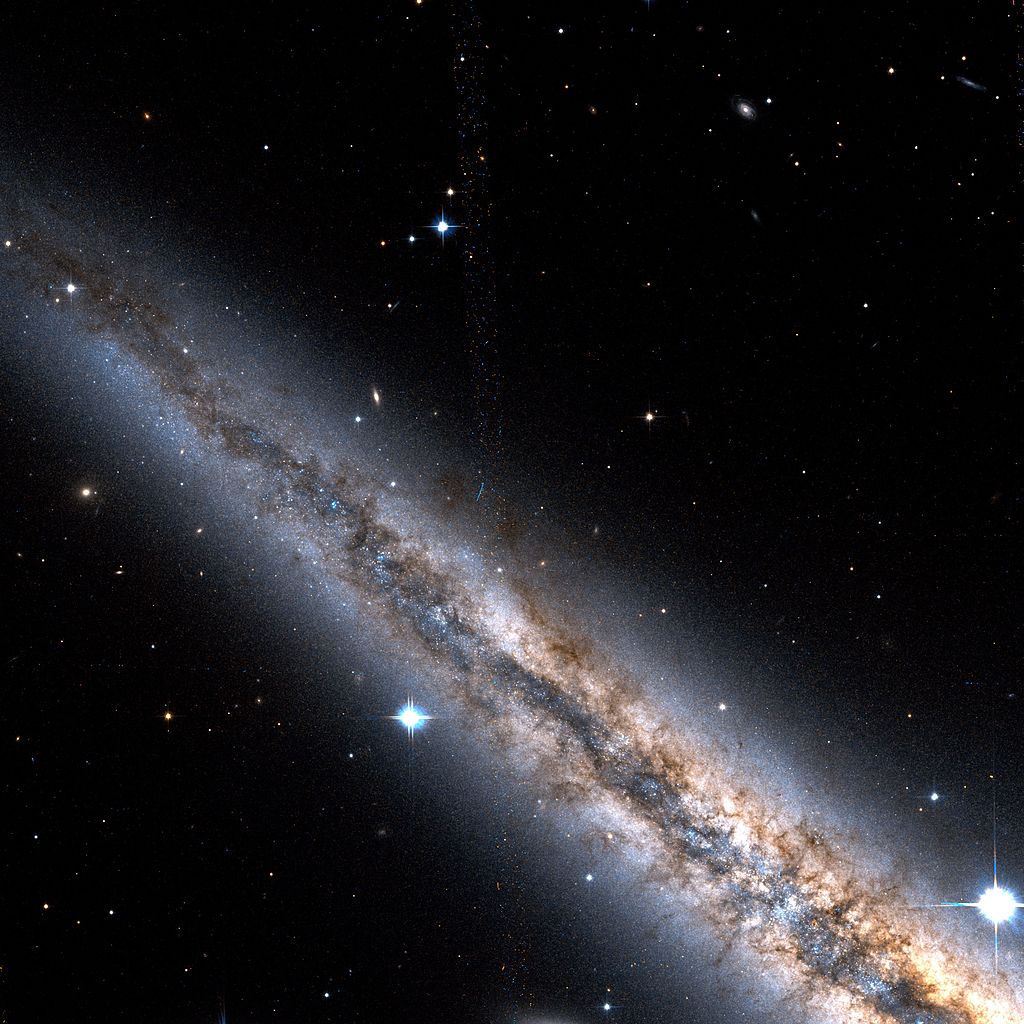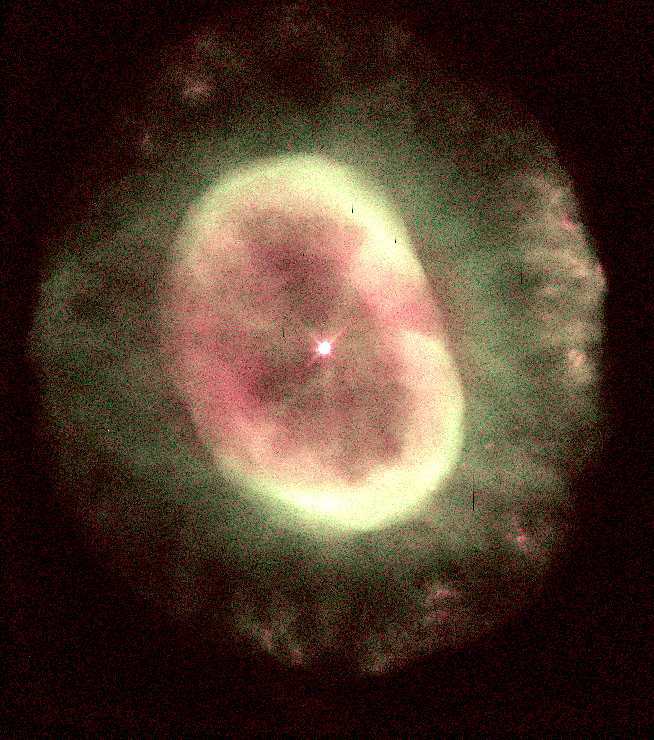
By IAU and Sky & Telescope magazine (Roger Sinnott & Rick Fienberg), CC-BY-3.0 via Wikimedia Commons
"The Chained Maiden"

By IAU and Sky & Telescope magazine (Roger Sinnott & Rick Fienberg), CC-BY-3.0 via Wikimedia Commons
Abbreviation: And
Genitive: Andromedae
Constellation family: Perseus
Nearest constellations: Cassiopeia, Lacerta, Pegasus,
Perseus, Pisces, and Triangulum
Right Ascension: 0.54h
Declination: 38.54°
Visible between latitudes: +90° and -40°
Square degrees: 722
Luminary: Alpheratz (Alpha Andromedae)
Named stars: Alpheratz, Mirach, and Almach
Notable deep sky objects: M31 (Andromeda Galaxy), M32, M110, NGC 752, NGC 891
Andromeda is a large constellation in the Northern Hemisphere that is best seen in November. In addition to "The Chained Maiden", Andromeda is also known as "The Princess" and "The Chained Lady."
Andromeda contains the Andromeda Galaxy, which is the closest galaxy to the Milky Way.

By Johannes Hevelius, scanned by Torsten Bronger 2003 April 4 [Public domain], via Wikimedia Commons
In Greek mythology, Andromeda was the daughter of Cepheus and Cassiopeia, king and queen of Ethiopia. Cassiopeia boasted that she was more beautiful than the Nereids, or sea nymphs, and the sea god Poseidon retaliated by sending a sea monster to attack the Ethiopian coast. King Cepheus consulted an oracle to find out how Poseidon could be stopped, and the oracle told him the only way to calm the god was to sacrifice Andromeda to the monster. Andromeda was therefore chained to a rock by the sea.
Before she was devoured, however, Perseus saw her while flying home on the back of Pegasus with the severed head of the Gorgon Medusa. Perseus was tasked with killing Medusa, who had been a monster in female human form whose face turned anyone or anything who looked at it into stone. Perseus saved Andromeda from the sea monster by killing it (according to different sources he either beheaded the monster, stabbed him to death, or used Medusa's head to turn him to stone) and Perseus and Andromeda were later married.
Due to the mythology, this constellation is often represented as a woman in chains with her arms outstretched.
M31 (Andromeda Galaxy or NGC 224):

By NASA/JPL-Caltech [Public domain], via Wikimedia Commons
NGC 891 (spiral galaxy):

By NASA, STScI, WikiSky (WikiSky's snapshot tool) [Public domain], via Wikimedia Commons
NGC 7662 (Snowball Nebula):

By Howard Bond (STScI) and NASA/ESA [Public domain], via Wikimedia Commons
NGC 68 group (cluster of at least 40 different galaxies):

By Adam Block/Mount Lemmon SkyCenter/University of Arizona [CC-BY-SA-3.0], via Wikimedia Commons
NGC 404 (dwarf lenticular galaxy):

By NASA/JPL-Caltech/DSS [Public domain], via Wikimedia Commons